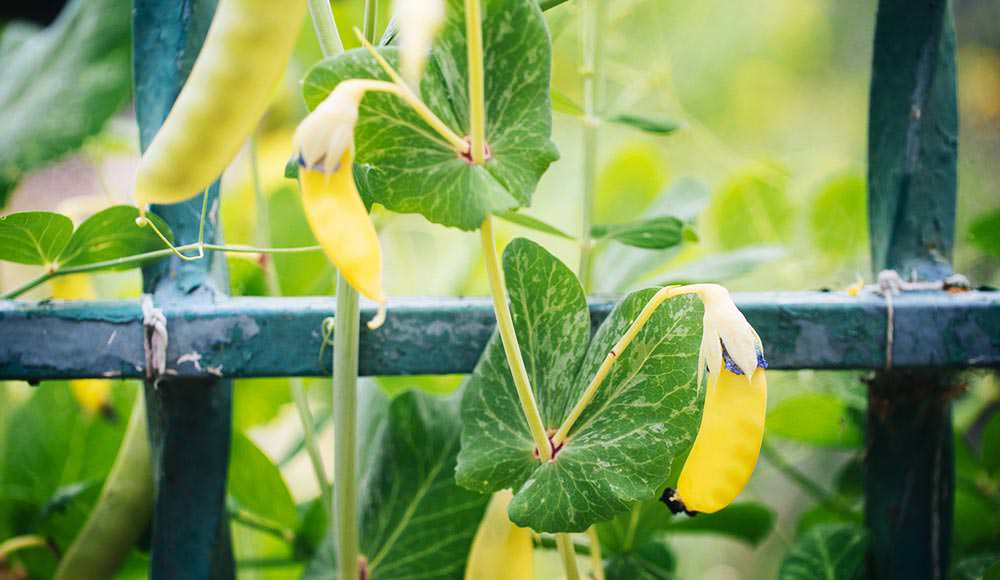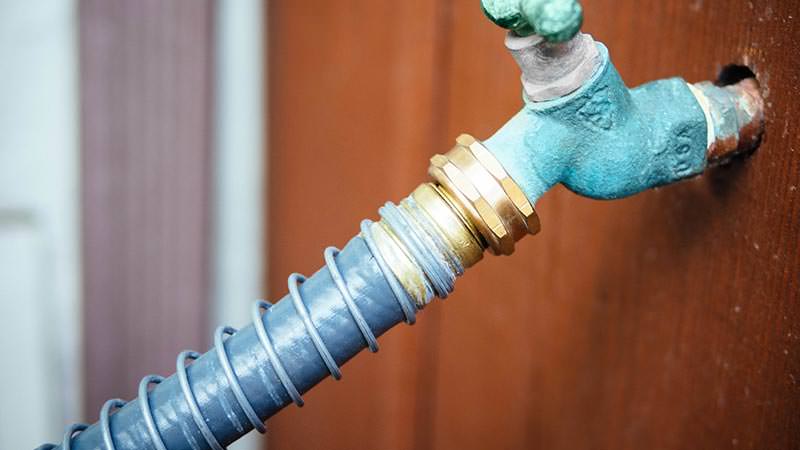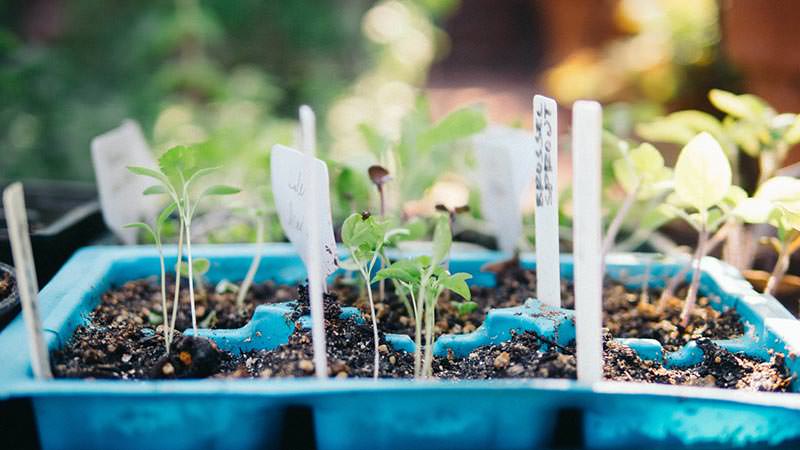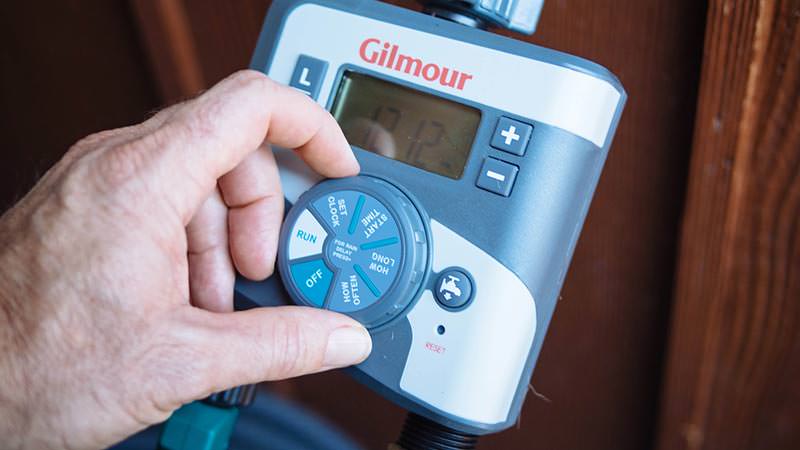


By Linda Ly
For most people, summer is the peak season for a vegetable garden as all the fruits of your labor become realized—literally! But you can still squeeze in another round of crops and keep your garden going through fall before the first freeze arrives.
The key to a foolproof fall garden is to plan ahead: know where the sun will be at that time of year, how to adjust your watering schedule for the cooling weather, when the first expected frost date is and of course, what will grow with the changing seasons.
Here’s your summer checklist of what and when to get things done in the garden right now.
As the sun starts to follow a lower path across the sky, your normally sunny beds may be partially or even entirely covered by shade at certain times of the day. While leafy greens like lettuce and spinach can make do with only six to eight hours of light per day, most other vegetables need at least eight to ten hours of light to be productive.
Fall is the time for cool-weather crops, and often they’re the same ones you had started in spring. Your best bets for a fall garden include:
| Root Vegetables | Brassicas | Leafy Greens | Other Edibles |
| Spring radishes
Winter radishes Carrots Beets Turnips Parsnips Rutabaga |
Broccoli
Cauliflower Brussels sprouts Kohlrabi Cabbage Collards Kale |
Lettuce
Spinach Arugula Chard Radicchio Bok choy Tatsoi |
Peas
Fava beans Fennel Dill Parsley Cilantro Chives |

The transitional period from summer to fall is an ideal time to check your irrigation system and make sure it’s still functioning properly. A hot, dry summer of constant watering can start to take its toll on hoses, nozzles, fittings and other hardware. Look for leaks and repair them as needed. If you do see a leak in your hose, use a Gilmour hose mender to repair the hole or crack by cutting out the damaged portion and splicing them back together. If the end of your hose is leaking, that can be fixed too. Just cut off the damaged coupling and replace it with a new one (some options from Gilmour don’t even require tools).
Check your soaker hoses and sprinklers to ensure they’re emitting water evenly. A Gilmour rectangular sprinkler includes a pin so you can easily unblock jets as needed.

Once the last of your warm-weather crops have faded, clear the beds of all remaining plants, weeds and debris. Refresh your garden soil by working in several inches of well-rotted compost and water the soil thoroughly before you plant.

Count back about 90 to 100 days from your average first expected freeze. For most climates, this means sowing seeds by late July or early August. Frost-free zones have a little more leeway and can start their fall gardens as late as November—though the later it is in the season, the more likely you’ll have to start with transplants instead of seeds.
Summer-sown vegetables should be started indoors, where germination conditions are more predictable and favorable than they are outdoors. If you’re running behind, you can direct-seed fast-growing crops (like radishes, broccoli and kale) so they can get up and going during the last weeks of summer heat.

If you’ve started your seeds indoors, you can set your seedlings out in the garden once they’ve grown their first true leaves (about three weeks after germination). Starter plants and plugs you’ve purchased from a nursery should be transplanted 60 to 80 days before the average first frost.
When all your plants are in the ground, add a two-to three-inch layer of organic mulch, such as straw, compost or shredded bark. The mulch helps the soil retain moisture and protects the roots from the extreme temperature shifts common with the changing seasons.

Most vegetables require one inch of water a week, either from rainfall or irrigation. Before the first storms move through your area, set a rain gauge out in your garden to determine how much water your plants already receive from the sky and adjust your watering routine accordingly. A moisture meter is useful for measuring how moist your soil stays in fall, as cooler temperatures keep everything in the garden damper than usual.
If you’ve installed a timer, change the frequency and duration as needed to fulfill your fall garden’s watering needs. Gilmour’s Dual Outlet Electronic Water Timer has a Rain Delay feature that pauses the watering schedule to prevent unnecessary watering, and it even allows a second hose to be attached so you can still hand-water as needed.
Just because the summer is winding down doesn’t mean you have to put away the gardening gloves. With the right strategy, you can keep it growing through the fall.
From the moment you pick it up, you’ll notice these nozzles are different. Designed with mobility in mind, they feature Gilmour’s innovative Swivel Connect. The swivel allows the nozzles to pivot without
Learn MoreWinter Gardening Tips to Tackle in the Off Season
As winter marches on, avid gardeners become more and more eager to get growing. While you may not be able to dig your spade into the soil just yet, there is plenty
Learn MoreDesign a Beautiful Drought Resistant Yard
Hot weather and drought-like conditions don’t mean a beautiful yard and garden is out of reach. Learn everything you need to know about drought tolerant landscaping, including the best type of plants,
Get the Dirt